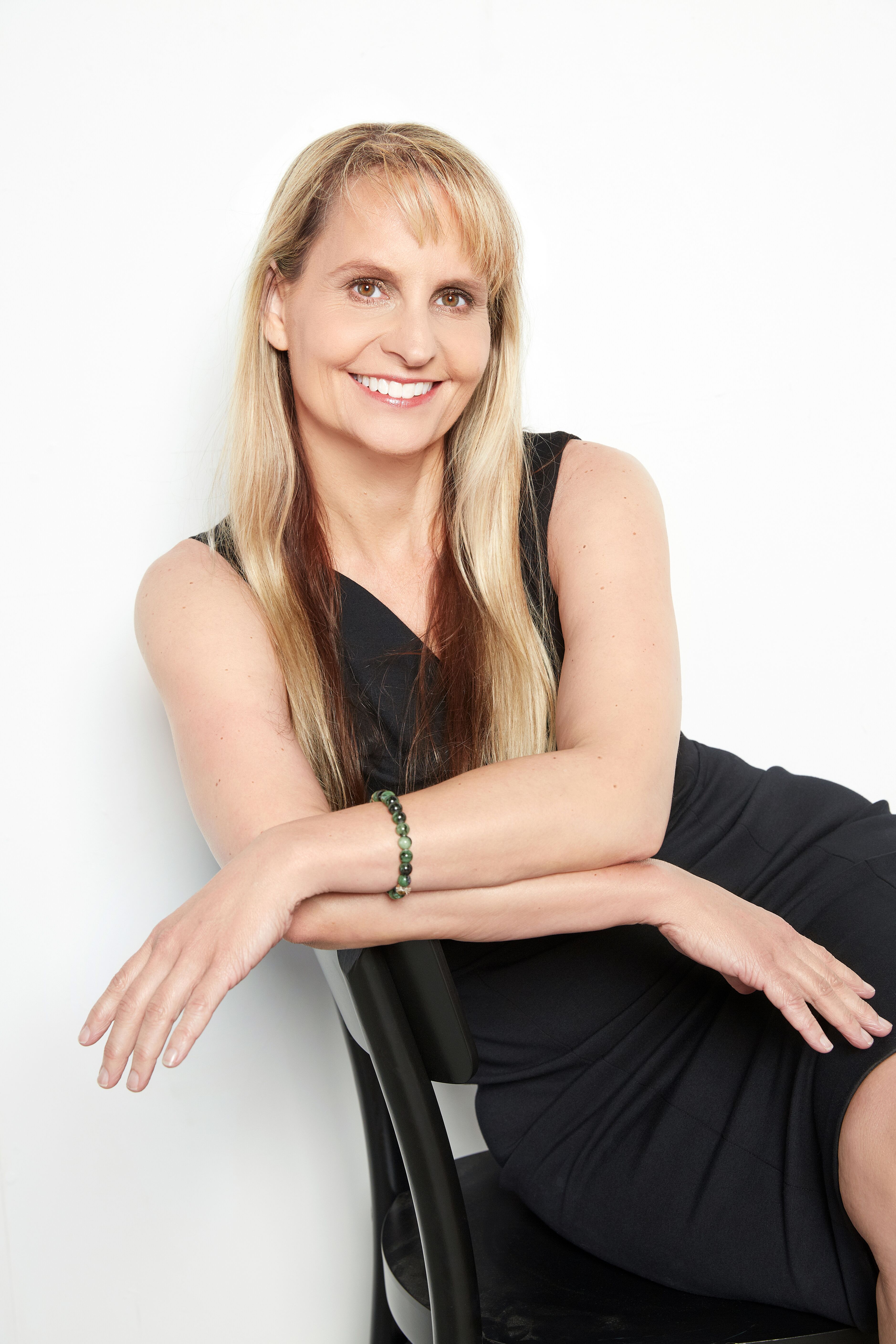Just like a safety in football whose primary focus is to follow the ball, professional football players, and even their athletic or physical therapists, have shadowed Simone Fortier in hopes of gleaning some of her extraordinary methods on fascia therapy, physical therapy, and the ultimate healing. But it’s not just other therapists that try to hook treatment “how-tos” from Fortier. Athletes like Donavan McNabb, Andruw Jones, and Claude Lemieux all commend her pioneering expertise on fascia therapy, among countless other certifications that contribute to her all-encompassing healing of body, mind, and spirit. Now, people won’t have to be star athletes to learn her unique perspective, because she’s established the Fascia Training Institute and has penned several books on the little-discussed anatomical wonder that is fascia.
Fortier’s one-of-a-kind therapy combines a multitude of medical disciplines and certifications with her own experiential treatment and accumulated knowledge over her decades of therapy. An athlete since childhood, her own list of volatile injuries is almost as long as the list of star athletes she’s treated. Herniated discs, torn ankle and labrum ligaments, and even a deathly case of salmonella in Argentina didn’t stop Fortier’s hyperactive lifestyle. Fortier says, “I’ve learned privately from doctors all around North America and put each of those pieces together to make a mosaic of what I do.” Often coined the “Bruce Lee” of Therapy.
A pioneer of fascial and lymphatic therapy in the early 2000’s, Fortier knows how one’s fascia, the connective tissue that holds every organ and muscle in place, can be stressed from overuse or underuse. To relieve such stress, rather than working specific parts, Fortier works the body “globally.” As she says, “It’s everything in one, fascia attaches to all structures, I see the bigger picture, and I work backward into a specific spot.” Fortier happily concedes, “It’s kind of made me a detective.”
Her experiential knowledge is especially true for concussions, of which she’s endured six, and knows oceans of information on what works and what doesn’t.
When it comes to recovering from a concussion, hyper-mobile and high functioning individuals often pass assessments that state they’re back to normal, when internally the individual knows they aren’t. This is an experience that Fortier has personally dealt with on numerous occasions. Looking back, Fortier says, “I’ve been through brain injury institutes and all that stuff, and all they do is assess you and suggest rest. Everybody assesses you and says, “okay, that’s it.” It was my inspiration; I knew people needed more. So many people were frustrated and devastated their lives had changed, but they look normal. I knew I looked normal, but inside I certainly wasn’t.”
What began as her own search for healing has now developed into an all-encompassing approach to restoring individuals suffering from cognitive and behavioral issues. Concussion Protocol Therapy is now one of the many seminars Fortier teaches through the Fascia Training Institute, the next of which is set to take place August 9th – 11th, 2019 in Calgary, Alberta, Canada.

Fortier’s programs and treatment haven’t only helped athletes, but also children, the elderly, and everybody in between. Publishing her findings and some of the methods she specializes in, Fortier wrote, “How to Beat Brain Burps.” It’s inspired by Caileigh, a 3-year-old girl who was continually falling down stairs, had trouble digesting food and appeared lethargic all the time. Caileigh had severe joint hypermobility, which doctors would say required no treatment, but those flexible joints required more work from Cailegh’s muscles and fascia to stabilize herself. The overworked muscular and fascial systems led to exhaustion and poor digestion. Instead of pumping her with drugs as a doctor would prescribe, Fortier taught Caileigh movements that improved her balance and stimulated her brain. It resulted in better stability and less work for her muscles and fascia.
Fortier’s latest book documents some of the best treatments the average individual might not have heard of or can find specific treatments for distinct issues. There is a similarity to gyrotonics, which increases freedom of movement and agility by using specialized machines. It’s one of the many subjects Fortier covers in her soon to be released book.
With this shared knowledge, Fortier hopes to educate the public on her novel methods to lasting results. Now more than ever anyone, not just superstar athletes, can access and learn the best ways to reduce their pain


